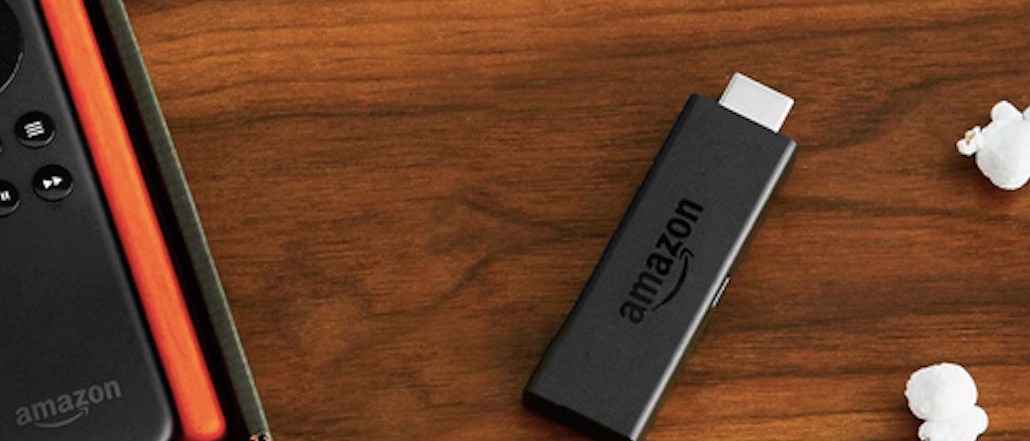Amazon is opening its video platform and YouTube creators are seeing dollar signs

By opening up its video platform to more publishers, Amazon has some YouTube networks and creators seeing dollar signs.
The new self-serve program, called Amazon Video Direct, allows video owners to distribute directly on Amazon’s video platform. The program could be a boon for YouTube networks struggling to create new revenue streams outside of YouTube, which takes a 45 percent cut of all ad revenue generated on its platform. Those terms have made it difficult for so-called “multi-channel networks” to build a sustainable business relying on YouTube and platform ad revenue alone.
“No MCN can survive on just YouTube alone,” said Steven Oh, chief operating officer for The Young Turks. “The fact is that the money you get from YouTube ad sales is just not enough to sustain a business.”
It’s a big reason why these networks — and even prominent individual YouTube stars — are increasingly focused on launching on new platforms. With Amazon Video Direct, if content owners elect to make their content available for free, they will receive a 55 percent share of ad revenue — the same as YouTube. But on the subscriptions side, content providers will net 15 cents per hour streamed in the U.S. and six cents in other countries Prime is available in. Amazon will evenly split all revenue made from sales and purchases.
“A lot of [YouTube networks] have quietly and not-so-quietly moved their business models toward content creation and IP generation, versus only talent management,” said Jason Kirk, chief business officer at Zefr. “The ability to create content and have places like Amazon, YouTube and Go90 to distribute and monetize it only helps them build a stronger business.”
For its part, Amazon is certainly eyeing the entire YouTube community with the new program. Video Direct launch partners feature several YouTube networks and creators including Machinima, The Young Turks Network, StyleHaul, Kin Community and Jash.
Amazon can offer scale. Its website reached 165.1 million unique visitors in the U.S. in March, according to comScore. While Amazon’s desktop video audience is small — 2.9 million unique video viewers — a significant majority of video consumption is likely happening on its mobile and connected TV apps. Amazon claims Prime has “tens of millions” of subscribers.
But unlike Facebook, which has put YouTube in its crosshairs by prioritizing video, Amazon is also offering revenue from the start. Program partners have four distribution options: they can make their content available on Amazon’s Prime subscription service; sell an add-on subscription within Amazon’s skinny bundle, which includes TV networks like Showtime and Starz; make content available for purchase or rent; or make it available for free and receive a cut of the resulting ad revenue.
Additional monetary incentives include a $1 million monthly fund set aside by Amazon for program partners. Per the terms, Amazon will pay content owners from this fund based on the top 100 Amazon Video Direct titles in Prime Video.
That said, while Amazon has the potential and the resources to compete with YouTube and Facebook in the way it’s competing with Netflix for movies and TV shows, it’s not a guarantee.
“YouTube is really hard to compete with in some ways,” said Kirk. “A lot of people are counting views [on Facebook], but no one has built a business model for its constituents the way YouTube has yet.”
With Video Direct, YouTube networks are hoping Amazon is the next one that does.
“It could be a great revenue stream. It just depends on how they decide to leverage it,” said Sarah Passe, vp of business development at Kin Community. “If it ends up being lucrative, we’ll put more resources toward it; if not, it’ll still be a great brand-awareness play.”
More in Media

Podcast companies turn to live events to capture growing advertiser spend
The surge in the number of live podcast events in 2025 reflects a broader shift: advertisers are betting bigger on podcasts — not just as an audio channel but as a full-fledged creator economy play.

Media Briefing: ‘Cloudflare is locking the door’: Publishers celebrate victory against AI bot crawlers
After years of miserably watching their content get ransacked for free by millions of unidentified AI bot crawlers, publishers were finally thrown a viable lifeline.

How Vogue could navigate potential industry headwinds as Anna Wintour — who agency execs say made ad dollars flow — brings on new edit lead
Anna Wintour’s successor at Vogue will have to overcome the myriad of challenges facing fashion media and the digital publishing ecosystem.





